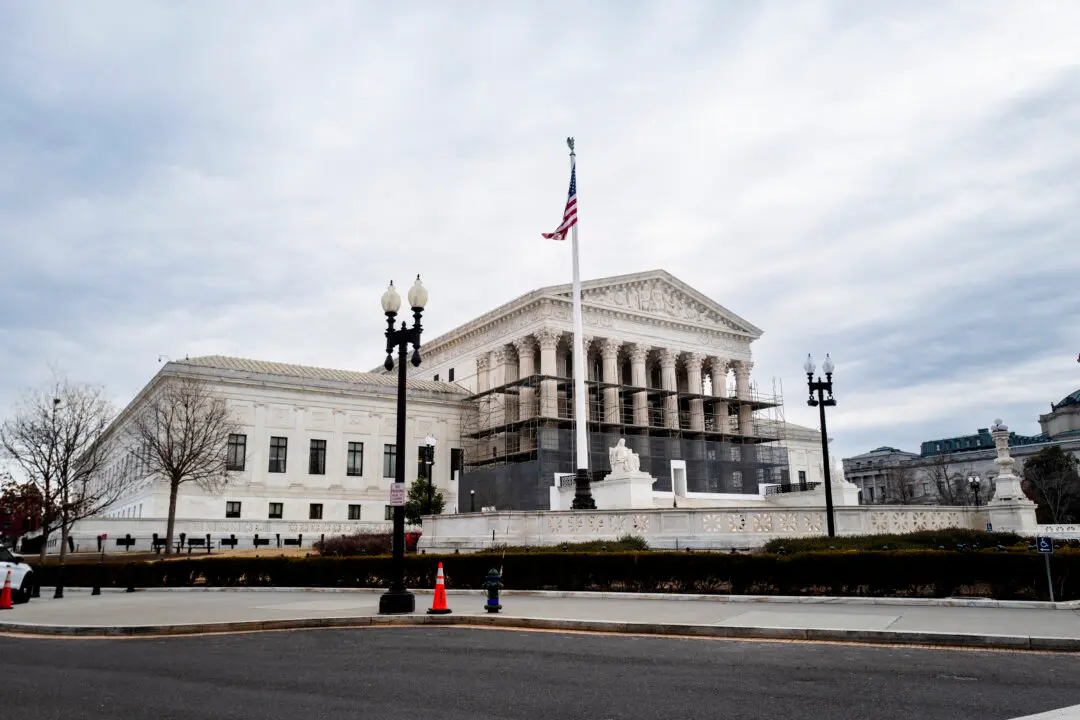A Colorado man’s lawyer told the U.S. Supreme Court on April 19 that the man was unfairly convicted of making threats against an entertainer because his intent in trying to communicate with her was never taken into account.
The case raises an important First Amendment issue in an age when so much communication takes place online using text, a medium that lacks the kind of nonverbal cues present in in-person communication and sometimes makes it difficult to ascertain the intent of the speaker.




